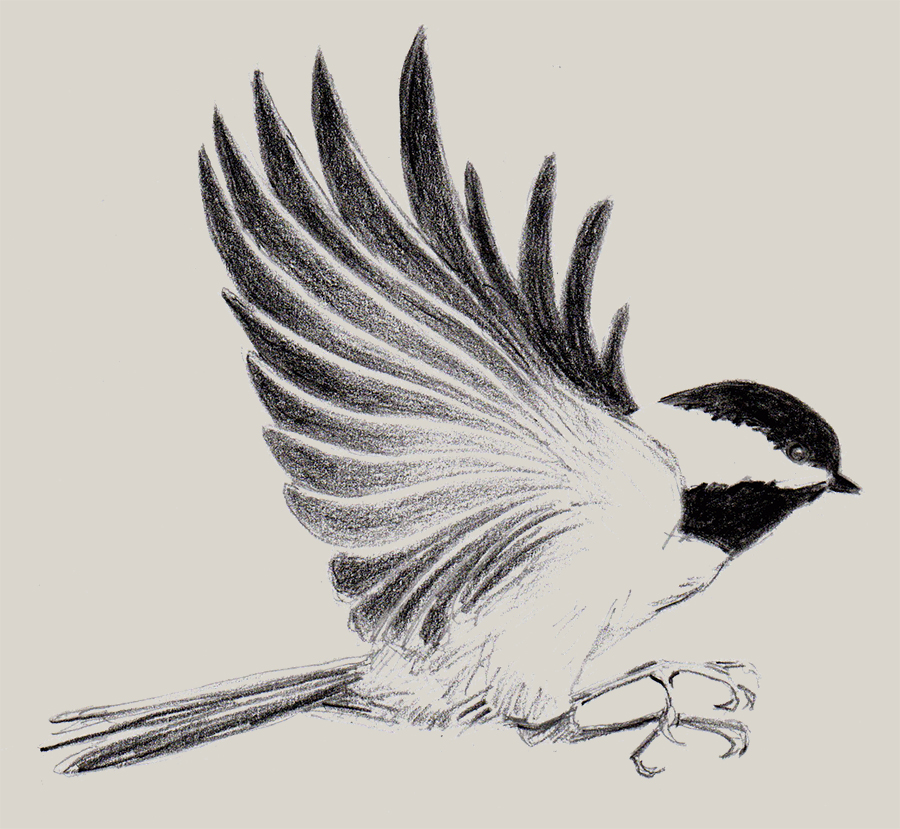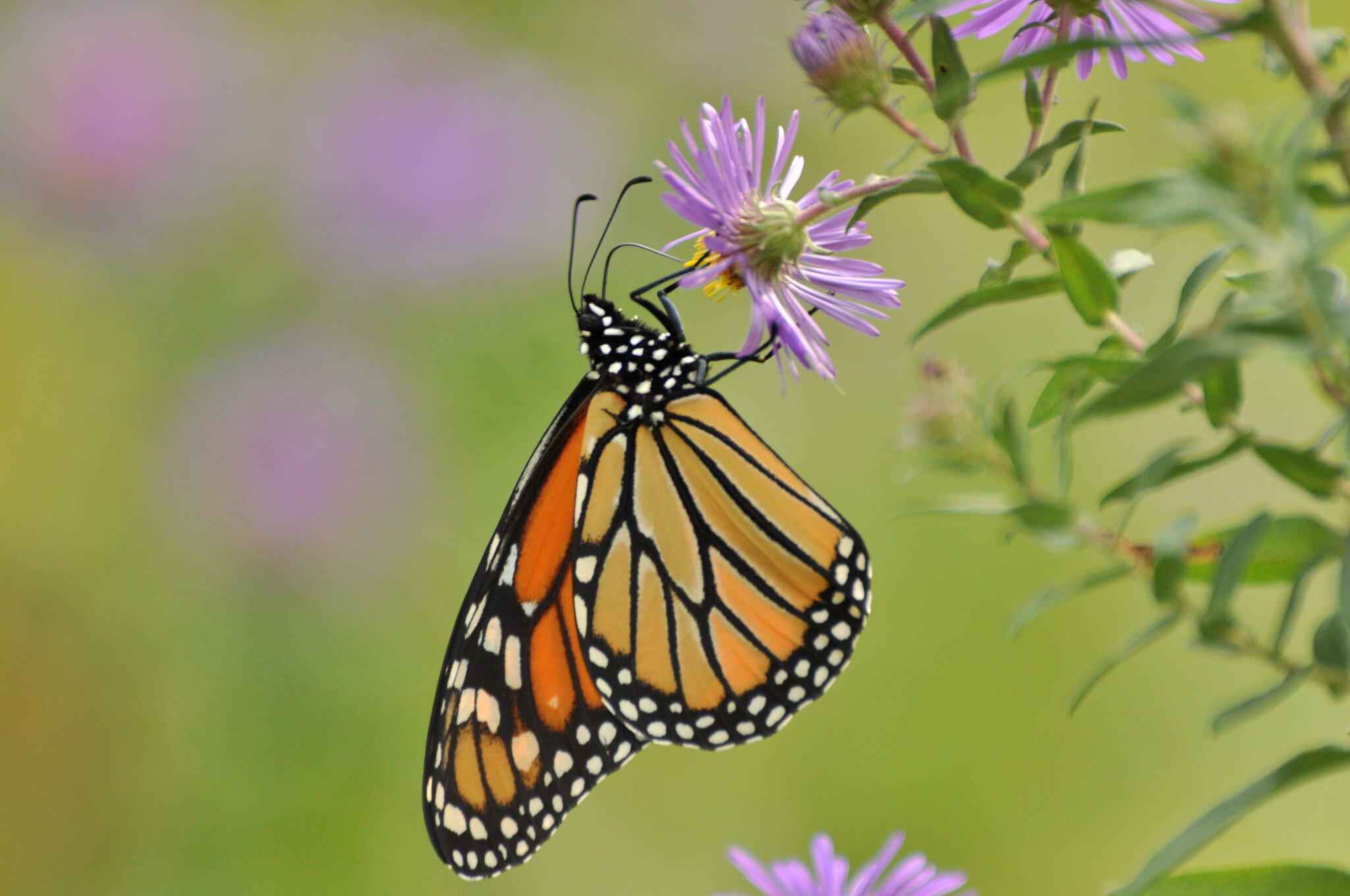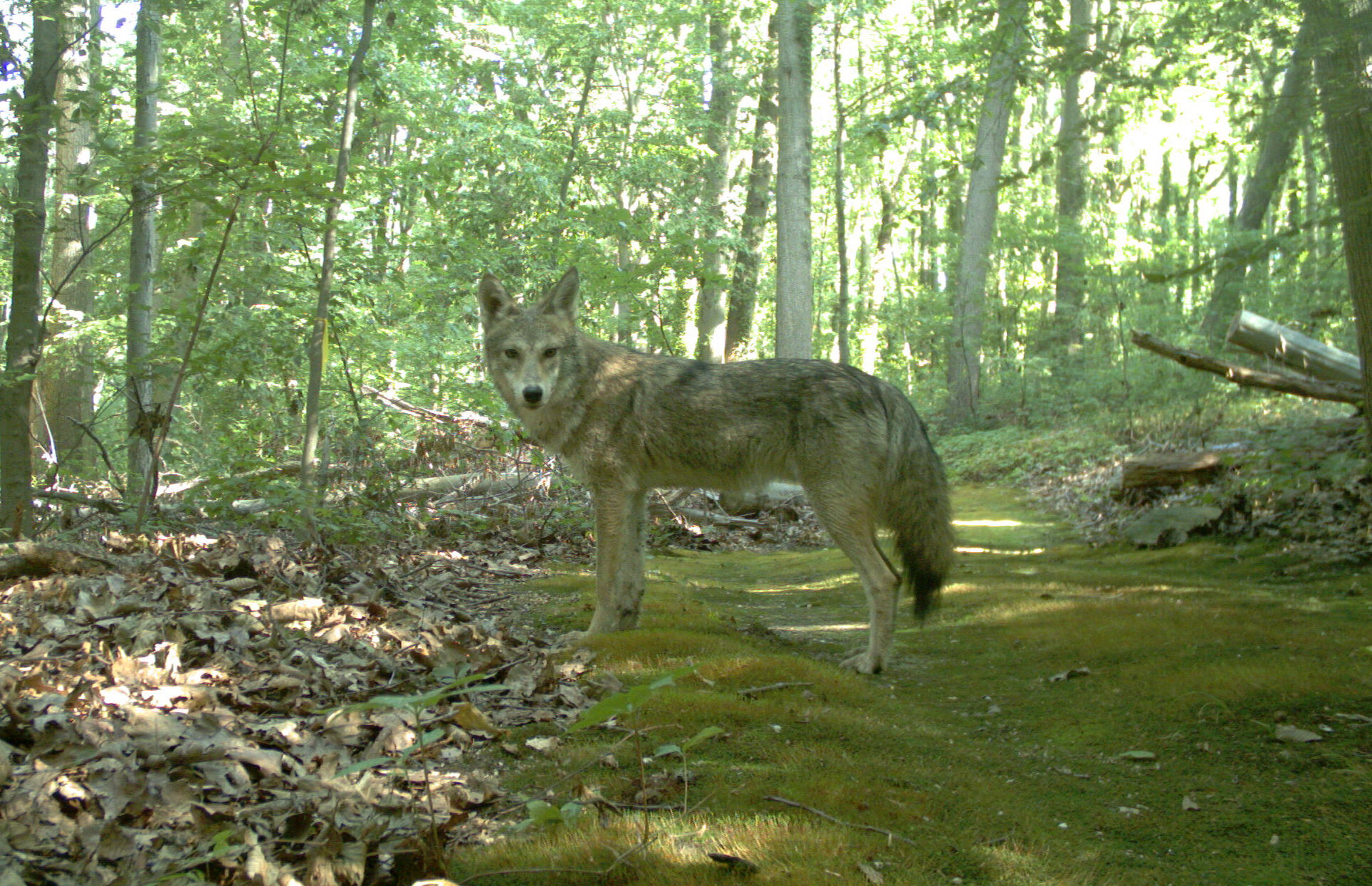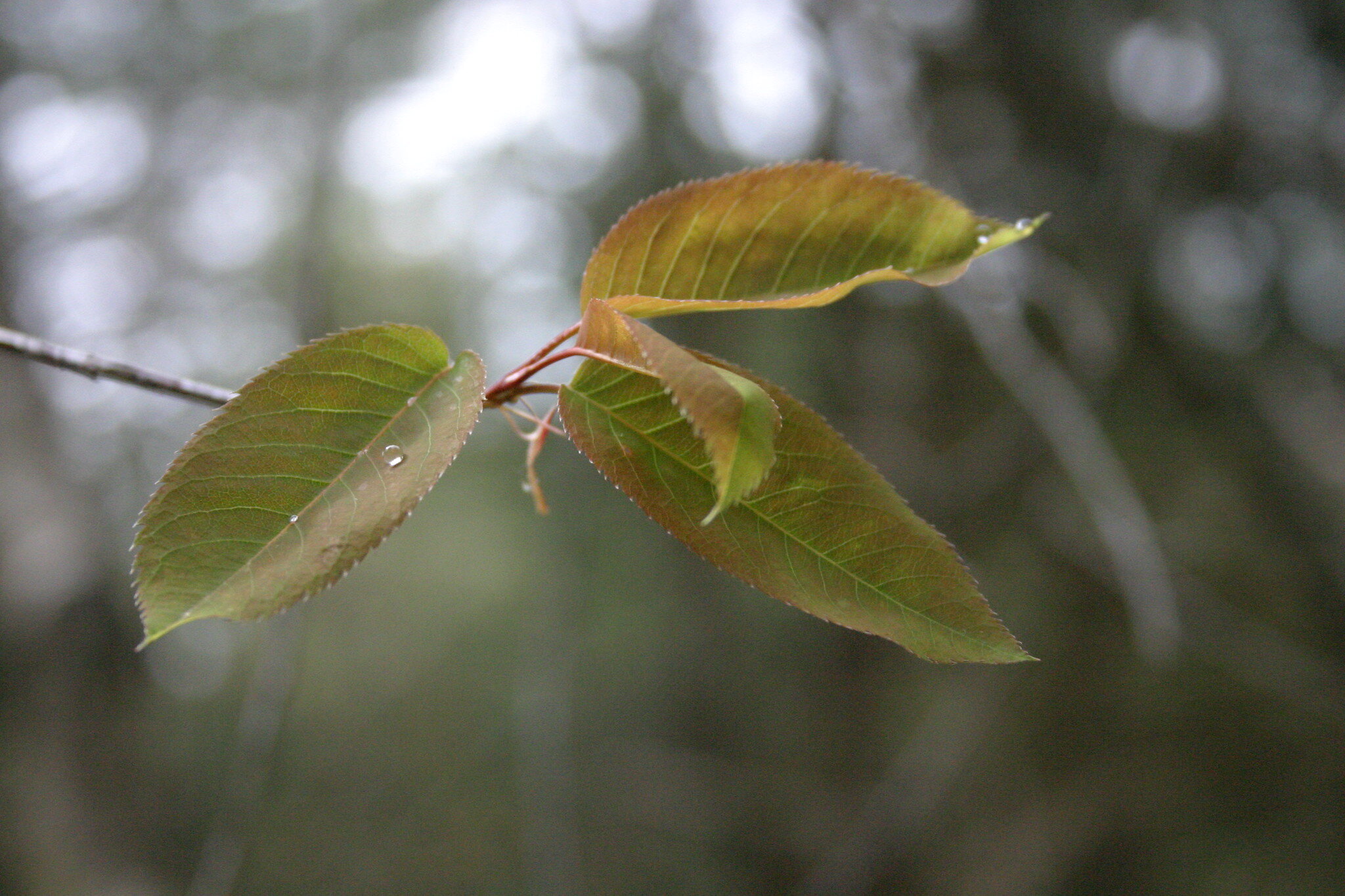With winter’s icy embrace hitting Long Island we tend to respond by spending more time indoors out of the cold, something we all certainly did during this winter’s visit of the polar vortex to Long Island, which dropped nighttime temperatures well below zero. Wild animals, of course, cannot do this. But what they can do is to respond with a wide variety of adaptive behaviors which enables them to survive through the most challenging time of the year. One animal that is especially adept at surviving the winter is a familiar one to anyone with a backyard bird feeding station – the black-capped chickadee.

Chickadees have a challenge. Although the superb heat-retaining ability of their feather coat helps considerably in retaining warmth they have a tiny body size for a warm-blooded animal meaning they lose essential body heat from their core to their skin surface more rapidly than, say, a robin, a crow and much rapidly than a goose or heron due to their higher surface-to-volume ratio (remember this basic principles from your high school biology class?). Given this, chickadees live on the edge during cold winter weather with little margin for error, meaning that a chickadee that fails to have eaten enough before going to roost for the night risks not surviving to see the wintery dawn the next day.
How does the black-capped chickadee increase its margin for survival through the winter? It’s through a combination of expected and unexpected responses. One “expected” behavior is the fact that chickadees will cache food in the winter to ensure adequate amounts through the day (that’s what’s happening when a chickadee takes a sunflower seed and instead of hammering it open on the feeder platform flies away to store it somewhere).
Another behavior in the “expected” column, is the use of a sheltered roost site, somewhat out of the wind and elements, which cuts down on the bird’s heat loss. This may mean a dense tangle of vines or perhaps settling in the midst of a thickly covered evergreen tree. Better yet is a roosting cavity, a favorite of chickadees, since it eliminates direct heat loss to the surrounding air. Researchers have found that roosting cavities used by chickadees are usually smaller than the nesting cavities they use, not surprising since the birds wants to be snug, losing as little heat to the surrounding air as possible (a not surprising result of using small cavities are chickadees with bent tails, a not uncommon site during the winter – see if you can spot any bent-tailed individuals at your bird feeders).
Also in the realm of expected behaviors is the fact that, at least occasionally, chickadees will “buddy up” by sharing a roosting hole with another bird, thereby reducing heat loss from at least one side of its body. A number of birds and small mammals are known to do this. I remember once startling four flying squirrels from a tree swallow box during a winter cleaning visit.
It’s in the world of “unexpected” responses where things get interesting. Unlike you or me or your pet dog, cat or gerbils, chickadees can consciously reduce their body temperature at night through a process known as “regulated hypothermia”. During the day a chickadee’s body temperature is about 107 degrees. But at night it can drop its temperature to about 86-90 degrees without ill effect. This drop means less fuel is burned by the chickadee (generated by the bird intentionally shivering its large flight, or pectoral, muscles to create warmth) through the night. Some studies have documented that regulated hypothermia reduces a bird’s metabolic output by nearly 25%, enough of a difference to allow for a chickadee to greet the morning light rather than perish in the night. And coupled with the other behaviors used by our black-capped friends, mentioned above, regulated hypothermia can mean the difference between life and death.
So next time you watch your family of “cute and adorable” chickadees come around to your sunflower seed feeder, appreciate them for what they are – finely tuned animals, with a suite of well adapted behaviors to survive frigid winter nights, while us wimpy humans cozy up indoors with electric blankets, fireplaces, and hot apple cider.



